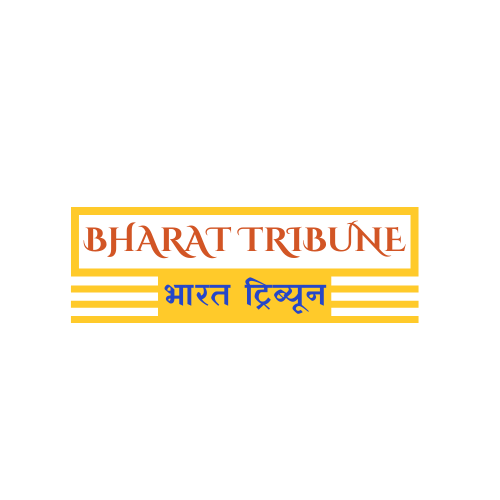Cloud computing has revolutionized how businesses and individuals use technology. Understanding the different cloud computing models—IaaS, PaaS, and SaaS—is essential for leveraging the cloud's full potential. Each model offers distinct levels of control, flexibility, and management.
IaaS: Infrastructure as a Service
IaaS provides the fundamental building blocks of computing infrastructure—virtual machines, storage, networks, and operating systems—over the internet. With IaaS, you manage the operating system, storage, deployed applications, and middleware, while the provider manages the hardware, virtualization, and networking.
Key Features of IaaS:
- Flexibility and Control: You have maximum control over your infrastructure.
- Scalability: Easily scale resources up or down based on demand.
- Cost-Effective: Pay-as-you-go pricing model.
Use Cases:
- Startups and SMEs: Ideal for organizations that want to avoid upfront infrastructure costs.
- Large Enterprises: Suitable for businesses that require a high degree of control over their infrastructure.
- Test and Development: Perfect for agile development and testing environments.
PaaS: Platform as a Service
PaaS provides a platform for developing, running, and managing applications without the complexity of managing the underlying infrastructure. This model includes operating systems, programming execution environment, databases, web servers, and more.
Key Features of PaaS:
- Simplified Development: Focus on application development without worrying about infrastructure.
- Faster Time to Market: Streamlined development and deployment processes.
- Support for Multiple Languages and Frameworks: Flexibility in choosing development tools.
Use Cases:
- Application Development: Streamlines the development, testing, and deployment of web and mobile applications.
- API Development and Management: Simplifies the creation and management of APIs.
- Business Analytics: Provides tools for data analysis and business intelligence.
SaaS: Software as a Service
SaaS delivers software applications over the internet on a subscription basis. Users can access these applications from various devices without needing to install or manage anything. The provider manages all aspects of the application, including infrastructure, maintenance, and security.
Key Features of SaaS:
- Easy to Use: Ready-to-use applications that require minimal setup.
- Accessibility: Access applications from anywhere with an internet connection.
- Automatic Updates: Providers handle all updates and maintenance.
Use Cases:
- Customer Relationship Management (CRM): Examples include Salesforce and HubSpot.
- Email and Collaboration: Such as Microsoft 365 and Google Workspace.
- Enterprise Resource Planning (ERP): Solutions like NetSuite and SAP.
Key Differences Summarized
- IaaS: You manage the OS, middleware, and applications. The provider manages the hardware and virtualization.
- PaaS: You manage the applications and data. The provider manages everything else.
- SaaS: The provider manages everything, and you simply use the application.
Choosing the Right Model
Selecting the right cloud computing model depends on your specific needs and requirements. Consider factors such as the level of control you need, the resources you have available, and your budget.
- Choose IaaS if you need maximum control over your infrastructure and have the expertise to manage it.
- Choose PaaS if you want to focus on application development and need a platform that simplifies the development process.
- Choose SaaS if you want ready-to-use applications with minimal setup and maintenance.
Understanding the differences between IaaS, PaaS, and SaaS can help you make informed decisions that align with your business goals. Each model offers unique benefits, and the right choice can significantly impact your organization's efficiency and innovation.




